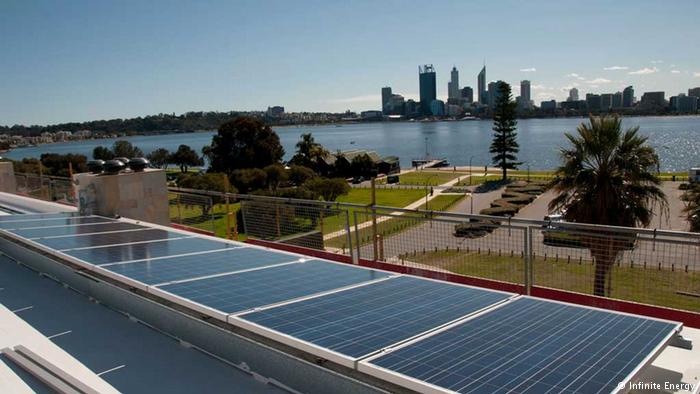Attempts by the Western Australian state government to decrease its budget deficit is set to increase average residential electricity bills by $358 in three years. A report by the Australian Energy Market Commission (AMEC) released late last year indicate the state is set to overtake South Australia as having the highest household electricity prices by the financial year 2019/20.
Residential electricity prices in WA increased by 10.9% in 2016/17, with a 7% hike scheduled for next year, and a further 5.6% in 2019/20.
“What we are trying to do is to avoid what happened on the NEM which is erratic price changes in a short period of time,” said WA Treasurer and Energy Minister Ben Wyatt, when facing the media over the price hikes shortly before Christmas.
The state’s solar installers are reporting that the residential solar sector in WA is already “buoyant” and that the scheduled tariff increases will likely increase demand further.
“No doubt it will lead to increased electricity costs,” Aiden Jenkins, the Managing Director of Infinite Energy told pv magazine Australia. “The question is whether that cost will be passed through on the variable charge or in the fixed charge. Last year 100% of the increase came through on the fixed charges. While that didn’t diminish the business case for solar at all, it didn’t improve it either.”
Durmus Yildiz, the Managing Director of Perth-based BayWa r.e. Solar Systems welcomed the winding back of retail electricity subsidies.
“I can say that I think it is a good idea that the state reduces its subsidies for the supply of electricity,” Yildiz told pv magazine Australia. “The cost of electricity has never reflected its true cost making it more difficult for renewable energy to compete on a level playing field.”
BayWa’s Yildiz added that reforms to WA’s “antiquated” grid connection requirements for commercial and industrial (C&I) rooftop systems are also long overdue.
“WA has very stringent connection requirements which can cost a company who wants to install a 100 kW system almost $20,000 in additional engineering fees as well as products to be implemented before you can connect,” said Yildiz. “The application fee is another $5000 for Western Power. I would say that these fees are probably the highest in the country.”
Infinite Energy’s Jenkins concurs: “It is still the most difficult state to install commercial solar. We operate in four states now and we can say that with authority. It is very difficult and time consuming to get [C&I] systems connected.”
Jenkins adds in the residential market segment system sizes continue to increase. “Most people are filling a roof,” said Jenkins. “The average system size residentially is about 5 kW, but most people are getting the biggest system they can because systems today are now that cheap.”
For low-income households, the WA state government is also tightening the conditions under which people can apply to its Hardship Utility Grants Scheme (HUGS). It has been reported that 30,000 households applied for HUGS assistance in the second half of 2017 alone.
This content is protected by copyright and may not be reused. If you want to cooperate with us and would like to reuse some of our content, please contact: editors@pv-magazine.com.









By submitting this form you agree to pv magazine using your data for the purposes of publishing your comment.
Your personal data will only be disclosed or otherwise transmitted to third parties for the purposes of spam filtering or if this is necessary for technical maintenance of the website. Any other transfer to third parties will not take place unless this is justified on the basis of applicable data protection regulations or if pv magazine is legally obliged to do so.
You may revoke this consent at any time with effect for the future, in which case your personal data will be deleted immediately. Otherwise, your data will be deleted if pv magazine has processed your request or the purpose of data storage is fulfilled.
Further information on data privacy can be found in our Data Protection Policy.